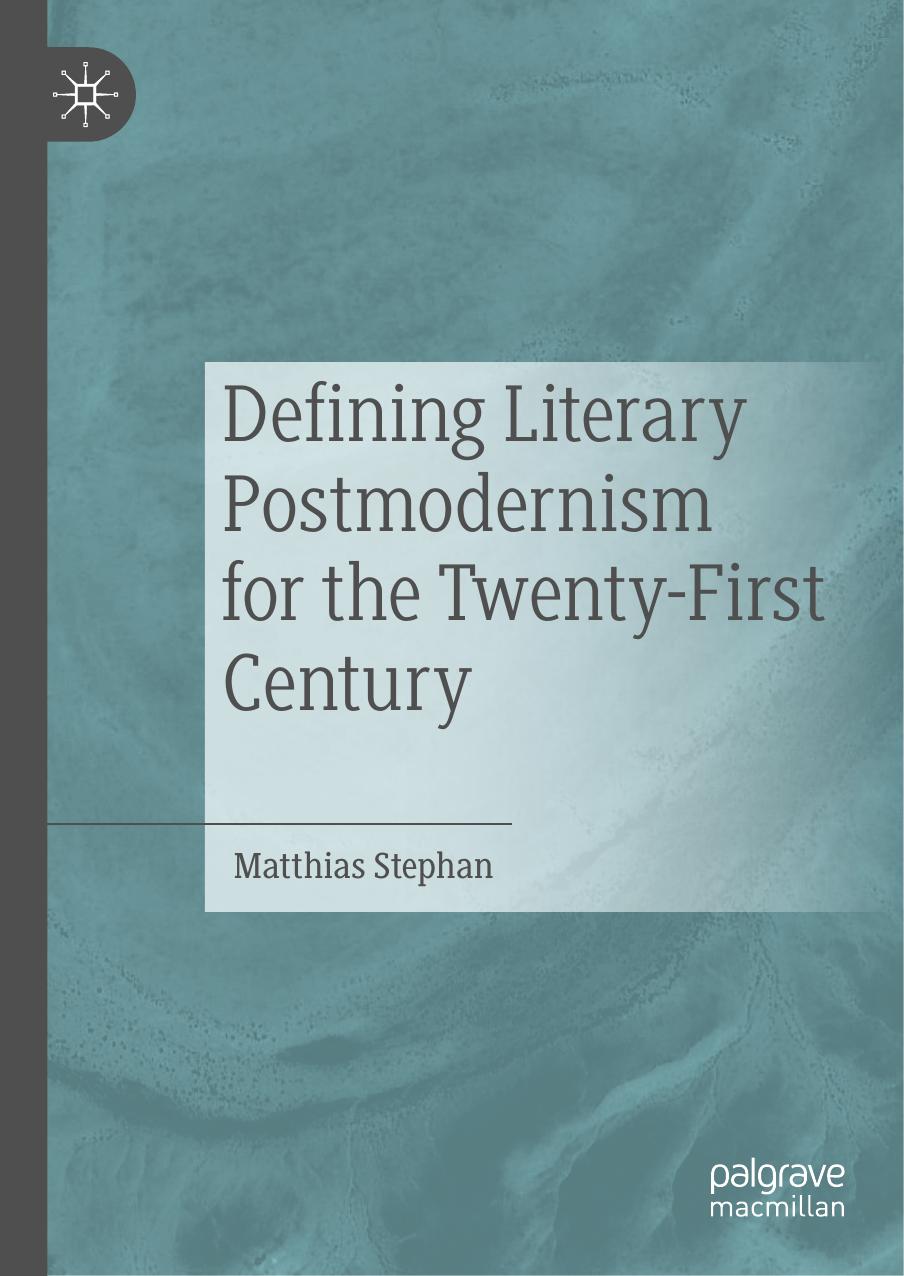Defining Literary Postmodernism for the Twenty-First Century by Matthias Stephan

Author:Matthias Stephan
Language: eng
Format: epub, pdf
ISBN: 9783030156930
Publisher: Springer International Publishing
While she only needs to determine which one contains the truth, the problem emerges that there is no means by which to determine this, no evidence (or potential evidence) that could provide her with such illumination. âWhat the detective in this story discovers is a way of thinking which renders detection irrelevantâ (Mendelson 1978, 124). While Mendelson argues that detection becomes irrelevant here, I argue it is not the process of detection, but the typical conclusions which are no longer possible. Oedipaâs detective processes have led to the conclusion of epistemological uncertainty, a conclusion she realizes halfway through the story: âOedipa wondered whether, at the end of this (if it were supposed to end), she too might not be left with only compiled memories of clues, announcements, intimations, but never the central truth itselfâ (Pynchon 1965, 76). This parallels the doubts expressed by Quinn in Austerâs text.
The pattern that Oedipa describes has also been intriguing for critics. Pynchon himself is an elusive character, and much has been made of the attempt to find out who he is. This quest has been paralleled to the quests made by the protagonists in and the readers of Pynchonâs works. John Dugdale argues that âThe novels presuppose the possibility of a detective-reader, active, interpretative, alert, reading them as Stencil and Oedipa read their textsâ (Dugdale 1990, 14) and goes on to identify the elements of methods that Oedipa uses that parallel the reader/critic/scholarâs experience âwhere Oedipaâs options in relation to Pierceâs text, the will, correspond to the readerâs options in relation to Pynchonâs text, the novelâ (Dugdale 1990, 15). Thus, just as with the classical and modernist detective fiction discussed earlier, the reader is meant to be drawn into the pursuit just as Oedipa is. In this way, the narration more closely resembles the hard-boiled pattern of detective fiction, in that the reader assumes the same position as Oedipa throughout the text, despite the text not being written from a first-person perspective. Furthermore, the audience is not given any more information than Oedipa and is not afforded any more objective or outside perspective by which to judge either her quest or evidence and come to a more certain, better, or more convincing conclusion.Because the narrator refuses the reader any view superior to Oedipaâs, many readers will assume that Oedipa internalizes to a certain extent their own roles as readers. Thus her quest to uncover the reality and meaning of the Tristero dramatizes the readerâs attempt to decipher and make sense of the various signs that proliferate through the novel. (Johnston 1991, 52)
Download
Defining Literary Postmodernism for the Twenty-First Century by Matthias Stephan.pdf
This site does not store any files on its server. We only index and link to content provided by other sites. Please contact the content providers to delete copyright contents if any and email us, we'll remove relevant links or contents immediately.
The Power of Myth by Joseph Campbell & Bill Moyers(1014)
Half Moon Bay by Jonathan Kellerman & Jesse Kellerman(954)
Inseparable by Emma Donoghue(937)
A Social History of the Media by Peter Burke & Peter Burke(936)
The Nets of Modernism: Henry James, Virginia Woolf, James Joyce, and Sigmund Freud by Maud Ellmann(836)
The Spike by Mark Humphries;(766)
The Complete Correspondence 1928-1940 by Theodor W. Adorno & Walter Benjamin(749)
A Theory of Narrative Drawing by Simon Grennan(742)
Culture by Terry Eagleton(724)
Ideology by Eagleton Terry;(696)
Bodies from the Library 3 by Tony Medawar(683)
World Philology by(678)
Farnsworth's Classical English Rhetoric by Ward Farnsworth(674)
Game of Thrones and Philosophy by William Irwin(671)
High Albania by M. Edith Durham(659)
Adam Smith by Jonathan Conlin(648)
A Reader’s Companion to J. D. Salinger’s The Catcher in the Rye by Peter Beidler(647)
Comic Genius: Portraits of Funny People by(616)
Monkey King by Wu Cheng'en(611)
